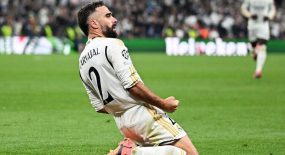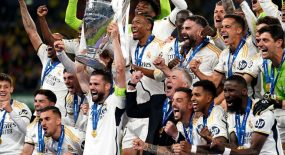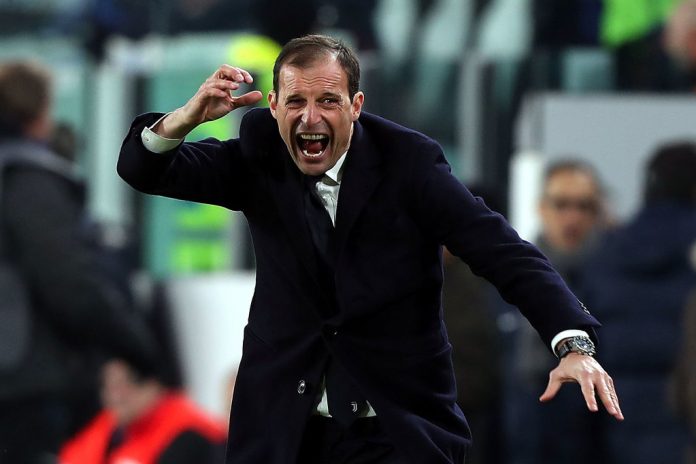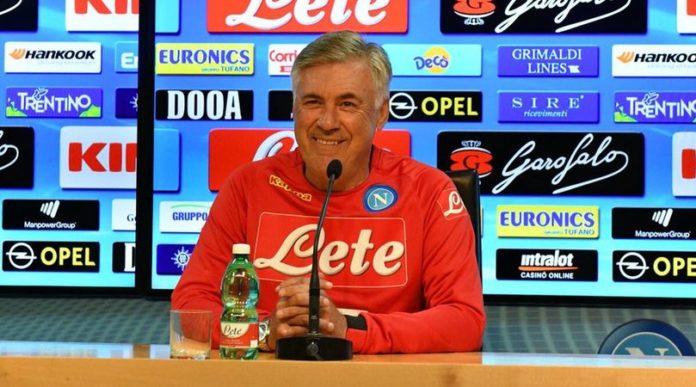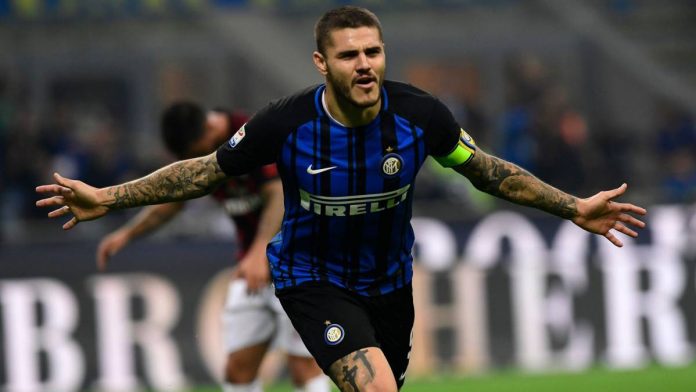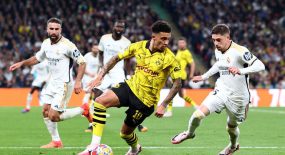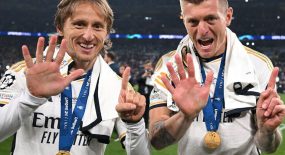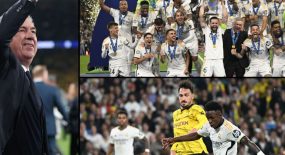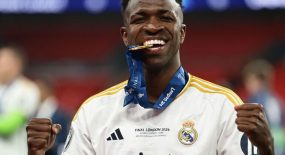Everything ready in the Juventus home for the debut in the Chievo championship. Trainer Massimiliano Allegri has appeared very optimistic about the new season but wants his players to return to the ground.
“The departure of Marchisios? I personally have to thank Claudion because in four years with me he has shown that he is a great footballer, a man and an extraordinary professional, an example for all the players that have joined Juventus. AI has been in Juventus for 25 years and decided to leave here, while the company decided to resign, to give the opportunity another experience.
Ronaldo? No advice for CR7. It will be something new for him and he will need to know the Italian championship, as tomorrow starts a new season and a new challenge. It will be always harder because, despite being significantly reinforced, our opponents have not stayed at the venue. We should leave aside the period of exaltation for taking Ronaldo and go back to the ground to play against a team like Chievo who wants to do well to the champion in power. The first match is always a big unknown. I am curious to see how the team will be presented, to do the necessary interventions and to find the right balance.
Champions Objectives? Ever since I came to Juvja, it has always been the Champions League, the championship and the Cup of Italy. Juve is a team that goes every year to win everything. Twice we have gone very close to triumph in every competition, and this season, the first goal is to pass the bands. All are exalted for Ronaldo’s arrival, but the reality is the one that will appear on the playing field. You can have the best players in the world, but if you do not get hooked up and down on the ground then it does not go anywhere. I want to arrive in March, being in the race for the three trophies, since then we will have found the right balance to then aim the big step.
Formation? Tomorrow will probably play Ronaldo, Chiellini, Pjanic, Cancelo and Alex Sandro. For the rest of the formation, I will still have to make accounts, above all in the field. Much will depend on the way the match is going to be, but I have to trust those who have been in the United States, as they have more minutes on foot.
Merkato? I believe it’s already closed to us. On the exit was Marchisio and no one else. I do not know what will happen to Team B. The only discussion is about Kean, who either will stay, or play abroad. I have worked in tune with the leaders and I think the organics are significantly reinforced, so I have the conviction that if we behave properly, we can aim for something big. “




